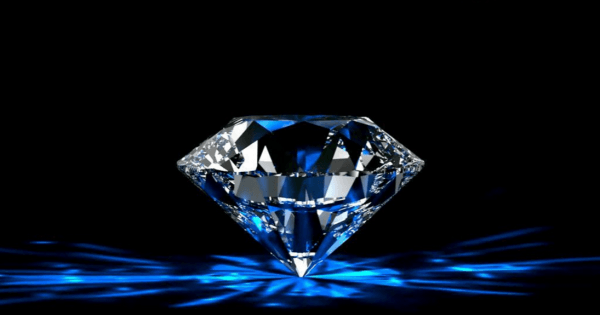OF THE
TIMES
"We have about 50% of the world's wealth but only 6.3% of its population. This disparity is particularly great as between ourselves and the peoples of Asia. In this situation, we cannot fail to be the object of envy and resentment. Our real task in the coming period is to devise a pattern of relationships which will permit us to maintain this position of disparity without positive detriment to our national security. To do so, we will have to dispense with all sentimentality and day-dreaming; and our attention will have to be concentrated everywhere on our immediate national objectives. We need not deceive ourselves that we can afford today the luxury of altruism and world-benefaction."
~ US State Department, 1948
If the US denied agreeing to Rafah attack, then it is almost certainly true. Nothing is beneath it.
Testosterone levels have been dropping in the USA. [Link] This raises questions. What is causing it? Cell phone radiation, chemicals added to...
His best bet is to step down, but his greed won't allow it. [Link]
Notice the people at a rock concert in in 1985...After this concert Queen had a new resurgence in fan popularity, note the crowds and music. How...
A powerful share that is filled with spiritual wisdom. [Link]
To submit an article for publication, see our Submission Guidelines
Reader comments do not necessarily reflect the views of the volunteers, editors, and directors of SOTT.net or the Quantum Future Group.
Some icons on this site were created by: Afterglow, Aha-Soft, AntialiasFactory, artdesigner.lv, Artura, DailyOverview, Everaldo, GraphicsFuel, IconFactory, Iconka, IconShock, Icons-Land, i-love-icons, KDE-look.org, Klukeart, mugenb16, Map Icons Collection, PetshopBoxStudio, VisualPharm, wbeiruti, WebIconset
Powered by PikaJS 🐁 and In·Site
Original content © 2002-2024 by Sott.net/Signs of the Times. See: FAIR USE NOTICE

Reader Comments
Until they die from cancer caused by their nuclear powered pace maker
This (article) is bullshit.
Think about this:
We are all already, batteries. We, our bodies, store and use solar energy. We have always been batteries, in this sense.
And we are pretty good at it.
Or, we were.
Then along comes technology, in particular, high technology and the technocrats, who organize things, create governments and suddenly we all (are forced to) succumb to their greed.
Technocrats preach the doctrine of 'everything for nothing', but all they have done is acquired and dominated through theft and manipulation and murder. These things are not nothings. There will be a price to pay.
And people who do not oppose the technocrats are lazy and filled with cowardice. The people who do (or they did, for they are no more) oppose the technocrats are killed.
I repeat: There will be a price to pay.
Greed, laziness and cowardice all fall under one roof, and this is IGNORANCE.
The best (the non-greedy, the non-lazy and the non-cowards) have been killed, and all that remains are the greediest, laziest and most panic stricken 'people' to ever have existed. And that is where we are today and this (article) is total bullshit.
AND IT WILL GET WORSE.
Have a nice day.
ned,
out
Maybe this is the solution to how the ISS survives in the near vacuum of the hot thermosphere ... it must be coated in diamonds by now
I know more than your average bear about basic physics, and this just don't compute. (How do they wrap the radioactive diamond with another diamond? How do they make big and thoroughly radioactive Graphite Rods (with radioactivity for over 10K years - half life of 5700 - magically disappear into a diamond?)
Violates the laws of conservation of mass, energy, etc. (Remember that a gram of ANY matter - it doesn't have to be radioactive -has the exact same total amount of power 'hidden' in it.)
This has to be for those idiots who bought into UK/US's illogical 'explanation' of Skripal case.
R,c,
If they put a large vacuum dome over Fukushima, would all those problem fuel rods turn to diamond ... of course not
There are lots of good ideas, everybody wants them in production NOW, but it takes time and difficult development.
I sometimes wonder if the time scale is being artificially drawn out, or if even Richard Dolan's Breakaway Civilization would take around the same time to develop the next bit of wonder-tech for popular use?